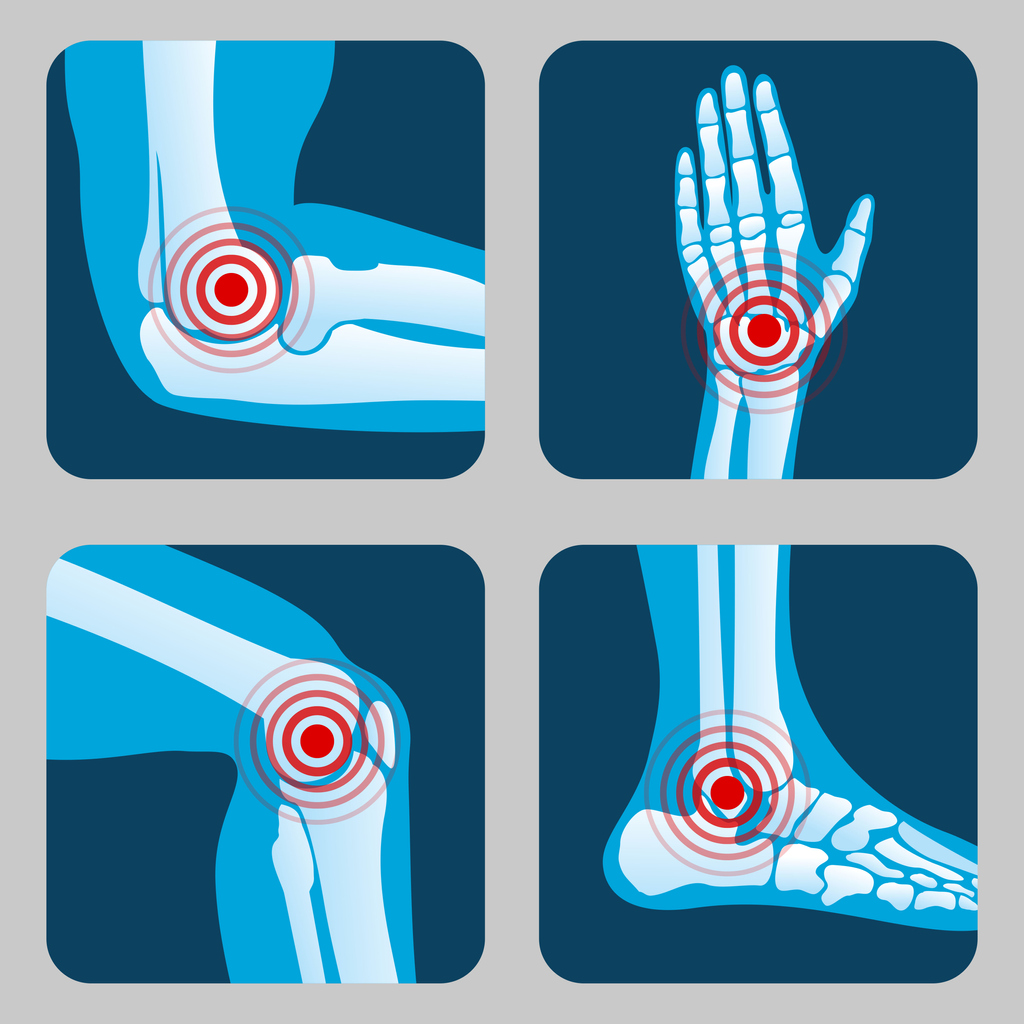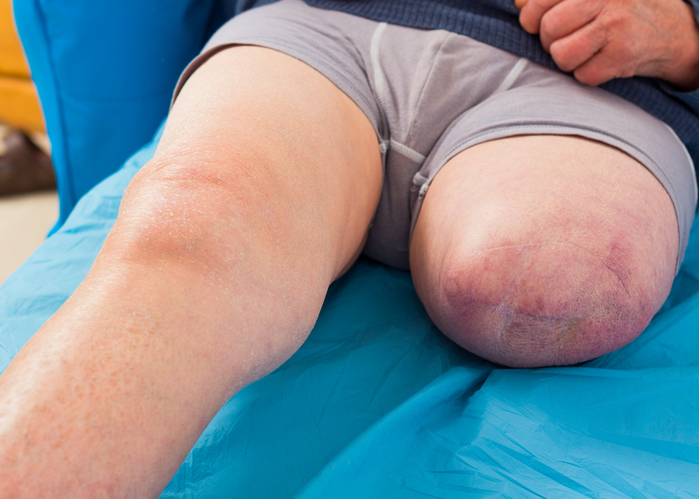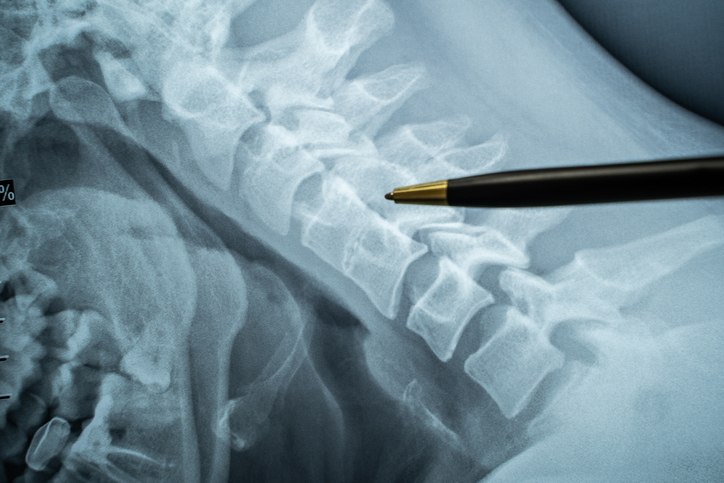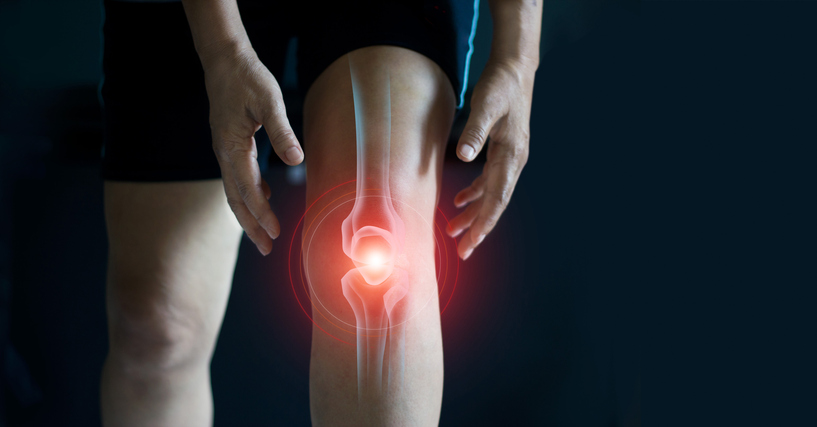Pain
How Does Pain Spread?

Pain may not always remain in the same location. Pain can travel from one area of the body to another. Overcompensating, avoiding use of the affected body part, radiating nerve pain, and developing trigger points can result in pain spreading to other areas.
Overcompensation. When dealing with chronic pain in a specific body location, additional pressure is typically placed on other areas to compensate. For example, if the right knee is the culprit of pain, more weight is placed on the left knee to relieve pressure and pain from the hurt knee. This results in the uninjured leg making up for the weakness of the injured one. Muscles become sore, stiff and tightened in the healthy leg, which can then spread to the hips or lower back.
Avoidance. If pain occurs when using a certain body part, the natural reaction is to avoid utilizing it. However, this may not be the best way to alleviate pain. Avoidance is helpful when an injury occurs, to allow time for healing. Avoiding use of a limb due to a chronic pain condition can cause the affected joint to become rigid, and pain to evolve in the opposite joint. For example, if a chronic pain condition is present in one shoulder, and it becomes immobilized, the other shoulder and arm become responsible for all activities. Not only can this result in the hurt shoulder becoming stiffer, it can also cause pain in the healthy shoulder. A health care professional and physical therapist should be consulted as to when to immobilize.
Radiating nerve pain. Nerve irritation is oftentimes the cause of radiating pain. The nerves are responsible for sending a signal to the brain to recognize pain. Nerves in the body are connected, which can result in pain signals radiating into other body parts. For example, if a herniated disc is irritating the sciatic nerve, pain can radiate into the buttocks, back of the legs, and into the heel of the foot. In order to relieve this pain, the original source (the herniated disc) must be treated.
Trigger points. Trigger points (sensitive muscle knots) often develop around the large muscle behind the neck, upper back, and shoulder blades (trapezius muscle). Time spent on smartphones or computers can cause this. Pain from the trapezius muscle can result in headaches, eye pain, jaw pain, and in some cases, finger pain.
Myofascial pain syndrome is a chronic pain condition in which trigger points develop in one or more muscles. Pain is experienced when pressure is applied to these trigger points; however, this pain can also be felt elsewhere in the body.
Additional source: Neuroscience Specialists


















